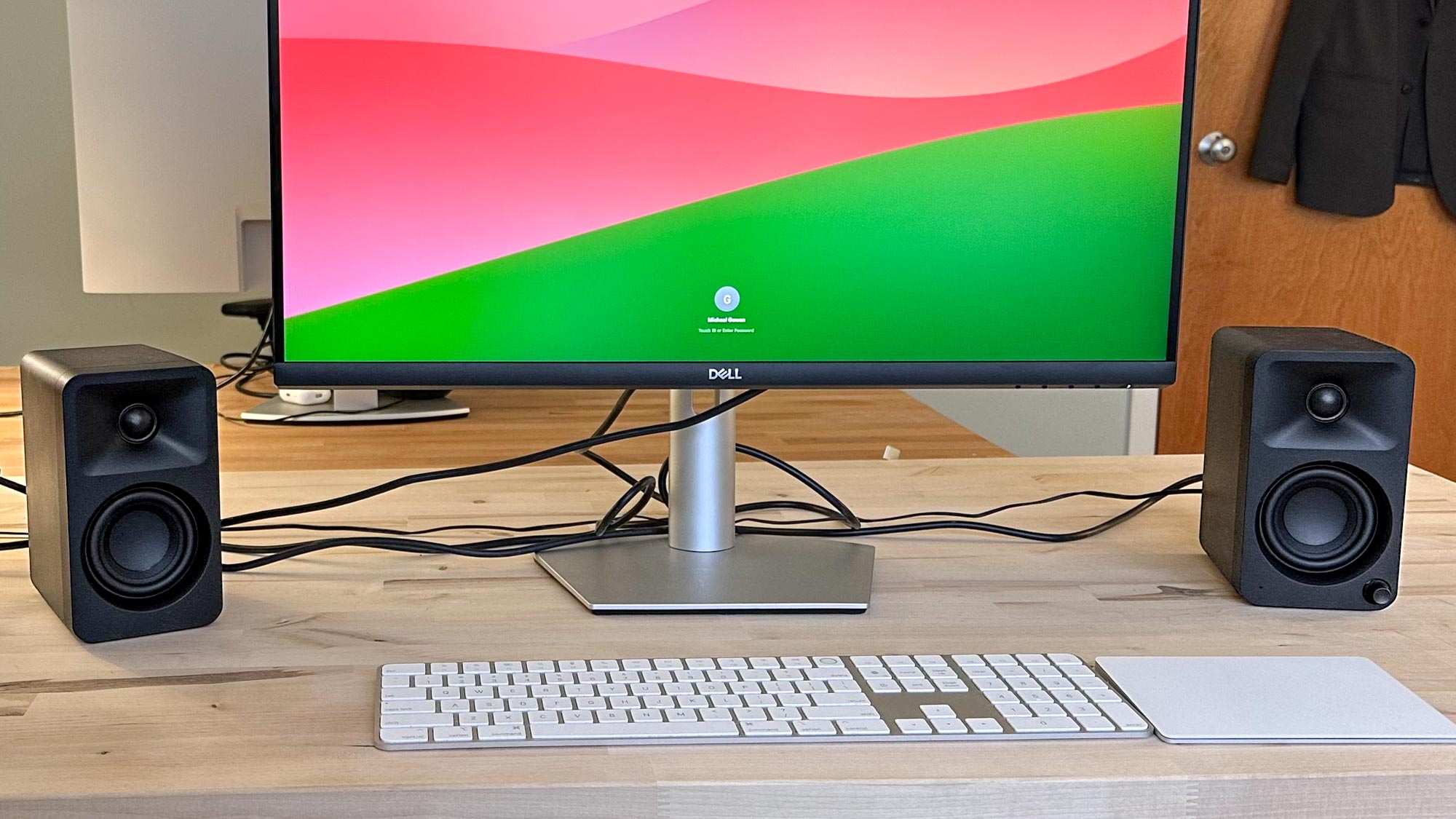Introduction to Lab-Grown Diamonds
Ever wondered if diamonds could be grown in a lab, just like how we grow crystals in a science experiment? Well, they can! insider story of lab grown diamonds better are becoming increasingly popular, and there’s a good reason for it. These beauties aren’t just as dazzling as their natural counterparts—they come with a slew of benefits that might just make you reconsider how you view diamonds. Let’s dive into the fascinating world of lab-grown diamonds and uncover why they’re considered better.
What Are Lab-Grown Diamonds?
Lab-grown diamonds, also known as synthetic or cultured diamonds, are real diamonds. Yes, you read that right—real diamonds! They have the same physical and chemical properties as natural diamonds, but they are created in a controlled environment rather than forming naturally in the Earth over millions of years.
How Are Lab-Grown Diamonds Made?
There are two main methods for creating lab-grown diamonds: High Pressure High Temperature (HPHT) and Chemical Vapor Deposition (CVD).
HPHT mimics the natural conditions under which diamonds form, using extreme pressure and temperature to crystallize carbon into diamonds.
CVD involves placing a diamond seed in a chamber filled with carbon-rich gases. These gases break down, and the carbon atoms deposit onto the seed, gradually forming a diamond.
Both methods produce diamonds that are chemically identical to those found in nature but often at a fraction of the cost.
The Rise of Lab-Grown Diamonds
Historical Background
The concept of creating diamonds in a lab isn’t as new as you might think. Scientists first succeeded in producing synthetic diamonds in the 1950s, but it wasn’t until recent decades that technological advancements made them commercially viable and aesthetically indistinguishable from natural diamonds.
Technological Advancements
Advancements in technology have significantly improved the quality and cost-effectiveness of lab-grown diamonds. Improved methods and equipment have allowed for better control over the diamond-growing process, resulting in diamonds that are not only high in quality but also more affordable.
Why Lab-Grown Diamonds Are Better
Environmental Impact
One of the most compelling reasons to choose lab-grown diamonds is their positive impact on the environment. Traditional diamond mining is notorious for its environmental damage, including deforestation, soil erosion, and water contamination. Lab-grown diamonds, on the other hand, are produced with minimal environmental disruption.
Comparison with Natural Diamonds
Natural diamond mining often involves extensive land disruption and water usage. Lab-grown diamonds require significantly less land and water, making them a more sustainable choice.
Ethical Considerations
Ethical concerns surrounding diamond mining are well-documented. Conflict diamonds, or “blood diamonds,” are mined in war zones and sold to finance armed conflict. Lab-grown diamonds eliminate this issue entirely.
Conflict-Free Guarantee
With lab-grown diamonds, you can be assured of a conflict-free origin. Since they are created in a controlled environment, there is no risk of them being linked to unethical practices.
Cost-Effectiveness
Lab-grown diamonds offer a fantastic cost-saving advantage. Because they are produced in a lab, they bypass the extensive supply chain and marketing markups associated with mined diamonds.
Price Comparison with Mined Diamonds
On average, lab grown diamonds can be up to 30-40% less expensive than their mined counterparts, providing you with more value for your money without compromising on quality.
Quality and Characteristics
Chemical and Physical Properties
Lab-grown diamonds share the same chemical composition and physical properties as natural diamonds. They are both made of carbon atoms arranged in a crystal lattice, making them incredibly hard and brilliant.
Grading and Certification
Just like natural diamonds, lab-grown diamonds are graded based on the 4 Cs—cut, color, clarity, and carat weight. They are also certified by reputable gemological institutes to ensure their quality and authenticity.
Consumer Perception and Trends
Market Growth and Popularity
The market for lab-grown diamonds has been growing rapidly. As consumers become more aware of their benefits, including their ethical and environmental advantages, the demand for lab-grown diamonds continues to rise.
Celebrity Endorsements
High-profile endorsements from celebrities and influencers have also played a significant role in boosting the popularity of lab-grown diamonds. These endorsements help to normalize and popularize the idea of choosing lab-grown over mined diamonds.
Future of Lab-Grown Diamonds
Innovations on the Horizon
The future of lab-grown diamonds looks promising with ongoing innovations in technology. Researchers are constantly exploring new ways to improve the quality and efficiency of diamond production, which could lead to even more impressive and affordable diamonds in the future.
Predicted Market Trends
As awareness and acceptance of lab-grown diamonds increase, they are expected to become even more mainstream. The market is likely to see continued growth and innovation, making lab-grown diamonds an increasingly viable option for consumers.
Conclusion
Lab-grown diamonds are reshaping the diamond industry with their blend of ethical, environmental, and economic advantages. By opting for these diamonds, you are not only making a smart financial choice but also supporting a more sustainable and ethical industry. As technology and consumer awareness continue to advance, lab-grown diamonds are poised to become a major player in the world of luxury and beyond.





